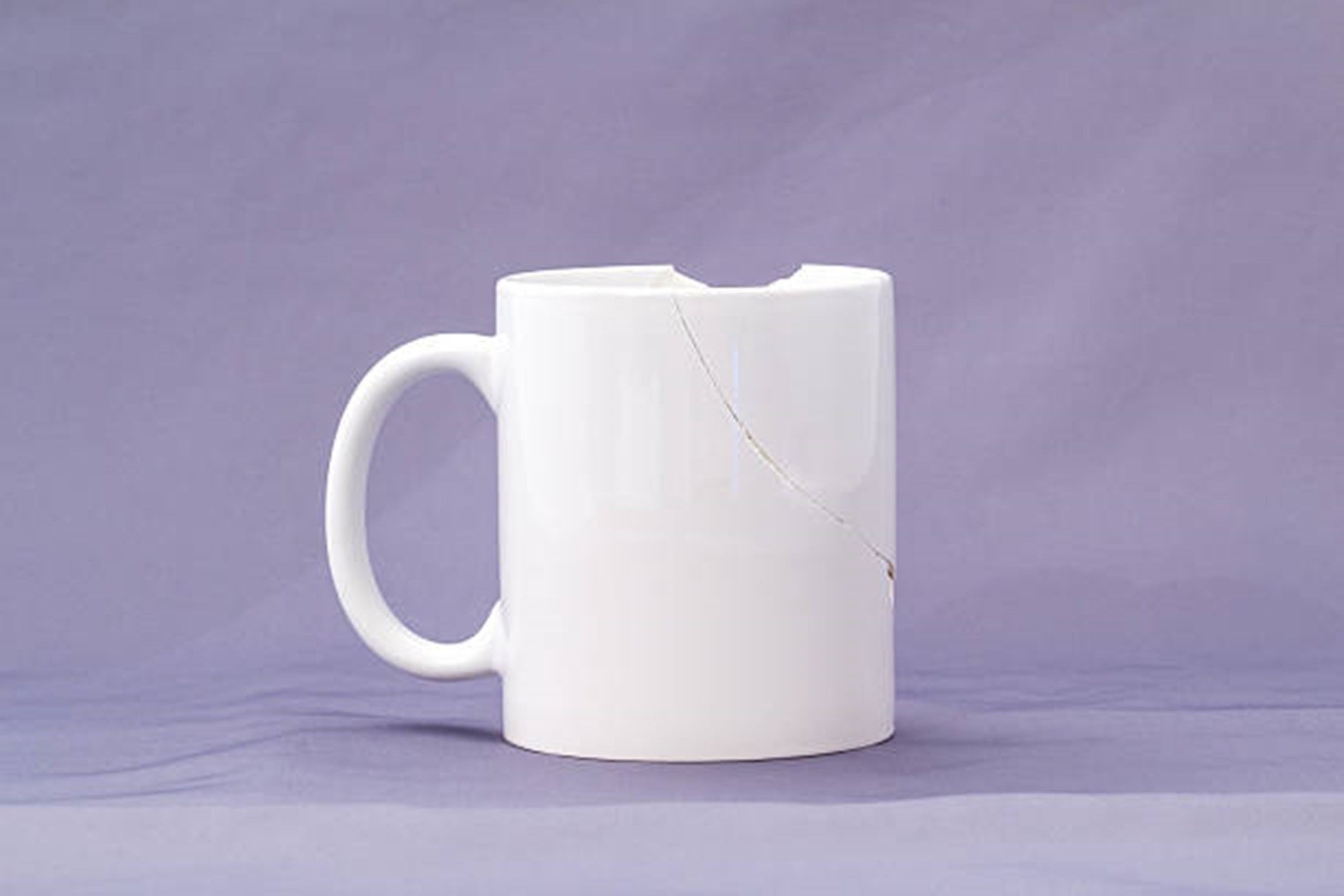Ceramics are used these days to make mugs, plates, bowls, vases, etc. because it is more robust than the previously used materials for the same purpose. Ceramic pottery objects are very aesthetic to look at, with a fantastic glaze. You can mold it into any desired shape very quickly.
Many materials are available in the market these days, but we should select the ideal one according to factors such as strength, capacity, aesthetics, cost, etc. Otherwise, the pottery might have issues like unnecessary noise production.
This article will discuss why ceramic mugs sometimes make a sound and what to do if you notice it in your pottery.
Why Is Ceramic Used In Pottery?
Ceramics refer to a mixture of clay, powder, and water. Creating an object with ceramic is challenging and requires a skilled professional. But the best thing is that you can use it for various projects. Painting and creating a design on a ceramic surface is straightforward and looks great on its glazed surface. The thermal conductivity of ceramic is also excellent, so it is the best material choice for kitchenware.
Why Is My Ceramic Mug Making Noises?
Ceramic mugs generally do not make sounds, but if by any chance it is making a sound when you pour anything hot or cold into it, it is because of the glaze. It is also called pinging or crazing. It means that the clay and glaze are not compatible with each other.
The temperature at which ceramic was fired and the temperature at which glazing was done may vary. The temperature difference makes them incompatible as it is not appropriately fused.
Reasons For Crazing
Crazing is the phenomenon of lines or cracks appearing on the glazed surface. It happens when the glaze is under stress. Craze patterns can arise immediately or even after years of making. Common causes for crazing or pinging are as follows.

- Improper Amount Of Glaze
Sometimes the sound of the ceramic pot is because of the inadequate glaze. If the glaze coating is too thick, it leads to the entrapment of the moisture between them, which leads to the pinging sound. Different glazes react differently. Where there is a temperature difference, the glaze shrinks more than the clay body due to tension.
- Glaze And Clay Incompatibility
Choosing clay and glaze properly is very important. If they are incompatible, it will lead to crazing or pinging. Always make sure to select both of them wisely. It is essential to use high-quality glaze like Sax True Flow Gloss Glaze. It is a gloss glaze that is very economical and lead-free.
- Incorrect Moisture Content
If the moisture is too little or too much, it will lead to crazing. So, always apply an adequate layer of glaze on the ceramic to prevent moisture entrapment.
- Contaminated Bisque
If the bisque is contaminated with air, water, or dust impurities, it will lead to a crazing effect. The glaze cannot fully adhere to the bisque leading to pinging.
- Kiln Opened Too Early
It is best if you always wait for the kiln to cool down. If you heat the kiln before cooling it down, it leads to crazing on the ceramic. When you open the kiln prematurely, there is a sudden temperature change which leads to micro-cracks or crazing.
- Pottery Cooled Too Quickly
When a pot of mug or bowl is fired, it should be heated and cooled slowly to balance the temperature. If the heating or cooling is too fast, the heat escapes too quickly, causing a craze.
- Movement During The Firing Cycle
When the ceramics are in the kiln, they should not be moved or shaken as ceramic is a delicate material, and sudden movement or jolting leads to cracks.
- Improper Firing Cycle
Crazing happens when the firing cycle is too much or inadequate. If the firing temperature increases or cools down unexpectedly, it will also lead to crazing. You can refer to the table below to understand the adverse effects of different temperatures while firing.
| Firing Temperatures (In Fahrenheit) | Effects On Pottery |
| 212 | Water starts boiling, and the vapor may make the ceramic piece explode. |
| 428 | The crystals within the clay shrink, making it crack. |
| 662-932 | The chemical composition of clay is destroyed. |
| 1063 | The glaze starts expanding, causing a craze. It is because of Quartz expansion. |
| 1112-1652 | The clay’s chemical matter starts to burn. |
| 2012 | The clay surface develops Mullite crystals. It makes the surface uneven. |
What Is Delayed Crazing?
Your ceramic mug might not make any sounds initially, then craze after some time. The reason for delayed crazing is sudden temperature change and increased temperature or humidity. Crazing can occur at any time in a piece’s life.
Sometimes the potters create the cracks intentionally to make it look more aesthetic, but such pieces are weak. They are more prone to wear and fracture. Crazing is the response to thermal expansion.
Precautions To Prevent Your Ceramic Mug From Undergoing Crazing
Crazing makes the piece weaker and prone to fracture easily. It is crucial to avoid the pinging of ceramic materials. You can prevent the pinging or crazing noise in the following ways:
- Increase the firing temperature gradually and not at once.
- Decrease the feldspar.
- Cool the ceramic slowly.
- Check if clay or glaze are compatible with each other.
- Apply a thin layer of glaze.
- Fire for 3-4 cycles to get the proper glaze.
- Fire at the right cone.
Ways To Fix Crazing And Reduce Noises From Ceramic Mugs
Crazing is not suitable for the pieces as it leads to breakage. If crazing is present in the mug or cup, it can be corrected using the following ways.
- Apply a thinner glaze to the piece. Some glazes won’t allow you to apply the more delicate glaze. In that case, decrease the glaze thickness.
- Add the amount of flint without changing the concentration of other ingredients.
- Firing should be done at a proper cone for a more extended period.
- Fire one or two cones higher, but it should not affect the glaze.
- Flint should be increased in concentration by 5%, 10%, and then 15%.
- Cool the kiln slowly. Do not open it until it cools down.
- Try bisque firing.
- Try using frit with a lower coefficient of expansion.
Wrapping Up
Ceramics are best for household pieces, but at the same time, it is prone to causing crazing. Crazing can reduce the shelf life of the object. Now you know why the ceramic mug creates noise, and you also know how to fix it. As it is said, prevention is always better than cure, so try to prevent crazing than correcting it.







